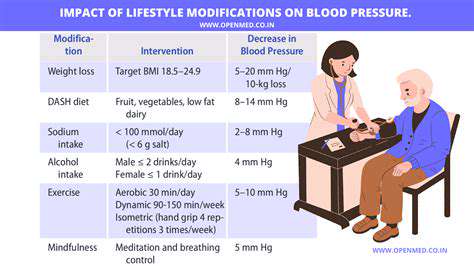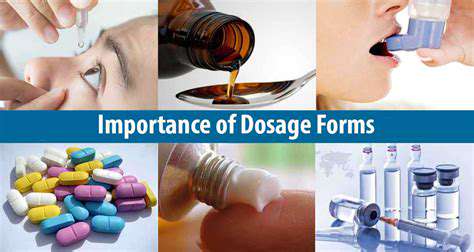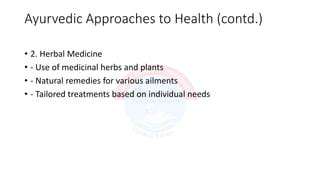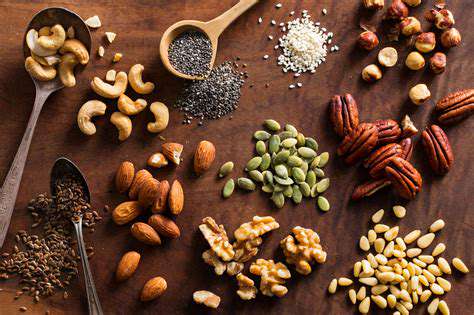The Truth About Food Additives and Preservatives
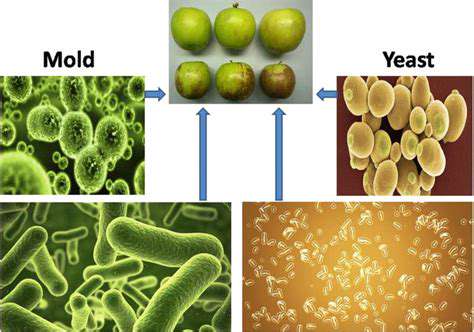
Preservatives: A Necessary Evil?
Preservatives are compounds incorporated into food to prolong shelf life and prevent deterioration. They play an indispensable role in maintaining food safety and availability, particularly in contemporary global food systems. Without preservatives, numerous foods would quickly become inedible, resulting in massive food waste and potential health hazards. Their extensive use demonstrates their effectiveness in controlling microorganisms like bacteria, yeasts, and molds that cause foodborne illnesses.
However, preservative use also raises questions about potential health effects. Some individuals may experience allergic reactions or long-term health issues from certain preservatives. Prudent consideration of preservative types and quantities remains essential for ensuring food safety while minimizing risks.
Common Types of Food Preservatives
Various chemical compounds function as food preservatives. Sodium benzoate, for instance, is a prevalent preservative found in processed foods, soft drinks, and fruit products that inhibits bacterial and fungal growth. Sorbic acid, another common preservative, is widely used in baked goods and cheese to prevent spoilage.
Nitrates and nitrites are employed in processed meats like ham and bacon, where they preserve color and inhibit dangerous bacteria such as Clostridium botulinum. These preservatives make substantial contributions to product safety and preservation.
The History of Preservatives
Humanity has employed various food preservation techniques for millennia. Ancient civilizations developed methods like drying, salting, fermenting, and smoking to extend food supplies. These ancient practices formed the basis for modern food preservation.
The identification and development of chemical preservatives revolutionized the food industry, enabling mass production and distribution that made products more accessible and affordable across broader regions. These advancements profoundly impacted global food security and nutrition.
Safety Concerns and Regulations
Food preservative safety and effectiveness are strictly regulated in many nations. Regulatory agencies establish guidelines and usage limits for various preservatives to reduce potential health risks. These regulations aim to maintain equilibrium between food preservation and consumer protection.
Continuous research evaluates potential long-term preservative effects, examining correlations between usage and various health conditions. This ongoing investigation helps refine regulations and confirm that food preservatives remain safe and effective.
Alternatives to Chemical Preservatives
Natural preservatives are growing in popularity as consumers seek healthier alternatives to synthetic options. Methods like fermentation, irradiation, and natural antimicrobial applications are being explored. Many of these approaches are environmentally sustainable. These techniques represent a more ecological preservation strategy.
However, natural alternatives may not always match chemical preservatives' effectiveness or longevity. Current research and development efforts aim to enhance their efficacy and expand their food industry applications.
Navigating the Potential Risks of Additives
Understanding the Spectrum of Additives
Food additives are substances deliberately incorporated into food to enhance appearance, texture, taste, preservation, or other qualities. They serve critical functions in the food industry, facilitating mass production, extended shelf life, and often the creation of specific desirable characteristics. However, this widespread usage requires careful evaluation of potential risks associated with their dietary presence.
Preservation as a Driving Force Behind Additives
Preservation represents a primary motivation for additive use. Preservatives help extend food shelf life, preventing spoilage and reducing waste. This proves especially important for modern distribution systems involving lengthy transportation and storage. Nevertheless, potential long-term health effects of these preservatives remain subjects of ongoing investigation and discussion.
Color and Flavor Enhancement: A Closer Look
Many additives enhance food appearance and flavor. Artificial colors increase product appeal, while flavor enhancers can mask unpleasant tastes or create specific flavor profiles. This aspect raises concerns about potential consumer deception and whether these enhancements provide genuine benefits or merely serve marketing purposes.
The Role of Additives in Food Processing
Additives fulfill essential roles throughout food processing. They stabilize products, prevent ingredient separation, and maintain desired textures. These functions prove crucial for processed foods and beverages where consistency and quality are paramount. Still, potential additive impacts on nutritional value and overall healthfulness warrant careful examination.
Potential Health Concerns: A Critical Examination
While regulatory bodies generally deem food additives safe, concerns about possible health issues persist. Some individuals may experience adverse reactions including allergies, sensitivities, or other health problems. The potential cumulative effects of prolonged exposure to multiple additives also requires further study. Understanding these concerns and their possible consumer implications remains essential.
Regulatory Oversight and Safety Standards
Food additive safety involves complex issues governed by strict regulations in many countries. These rules aim to minimize risks and ensure responsible additive use. However, ongoing scientific research into long-term additive effects necessitates continuous regulatory evaluation and adaptation to guarantee consumer safety.
Consumer Awareness and Informed Choices
Consumers play crucial roles in navigating food additive complexities. Being informed about additive types and potential effects proves vital for making educated choices. Increased labeling transparency and readily available additive information can empower consumers to control their dietary decisions and maintain health and well-being.


